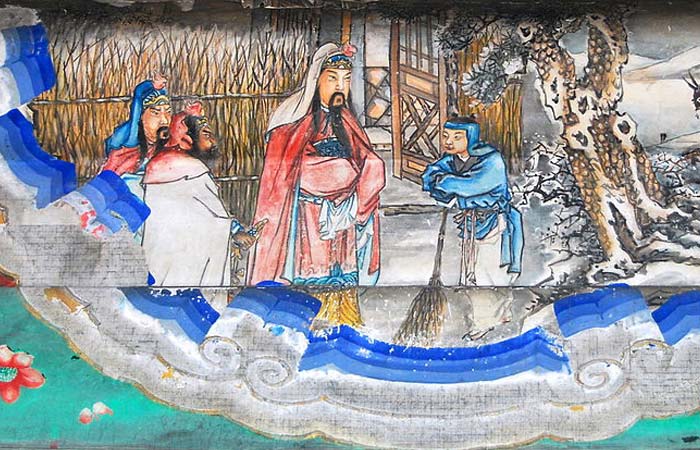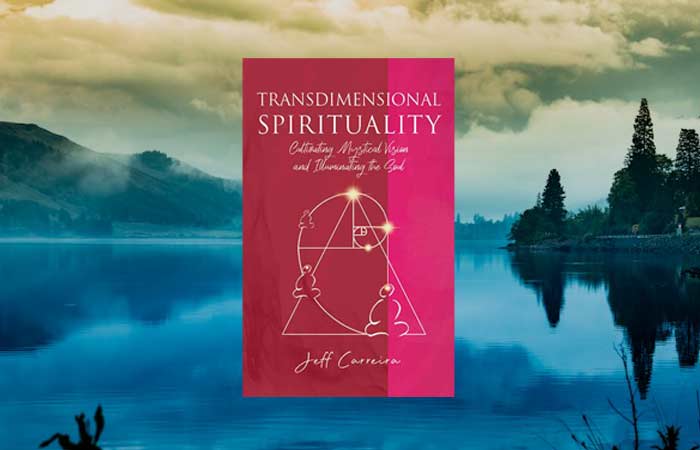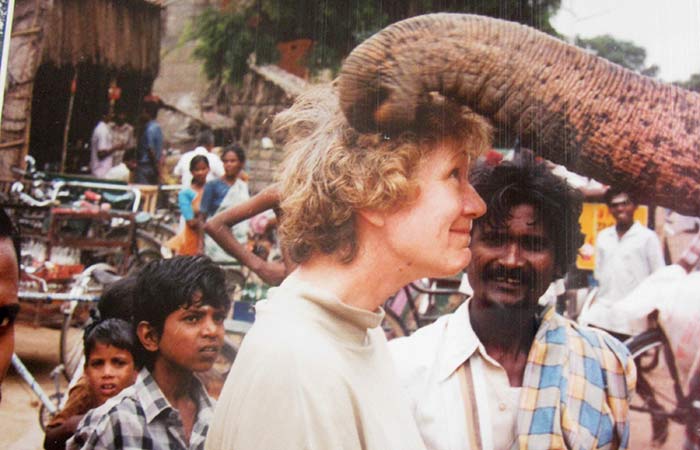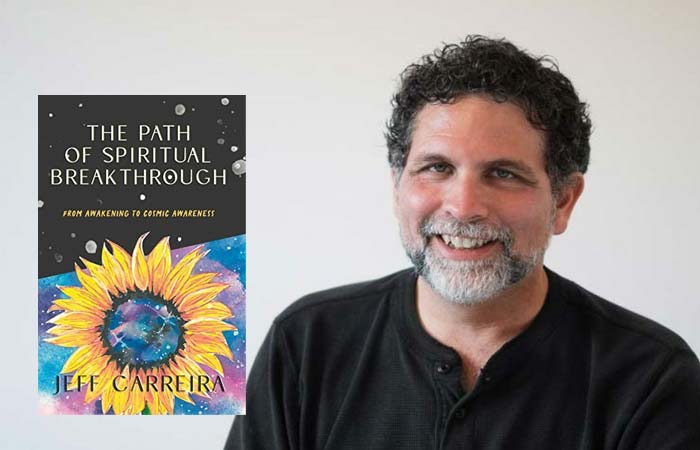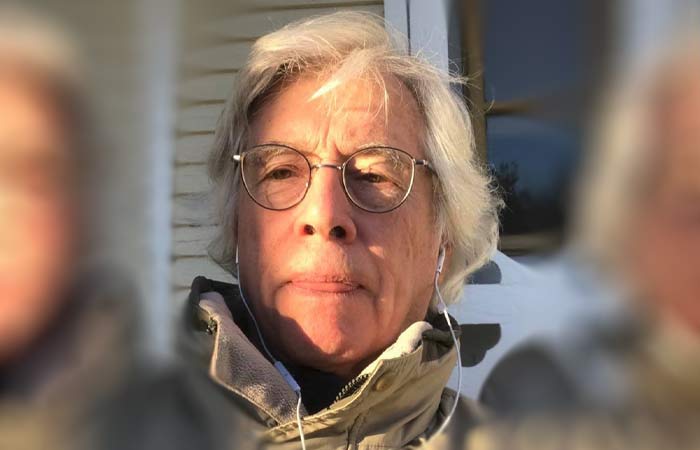The Artist of
POSSIBILITY
Magazine
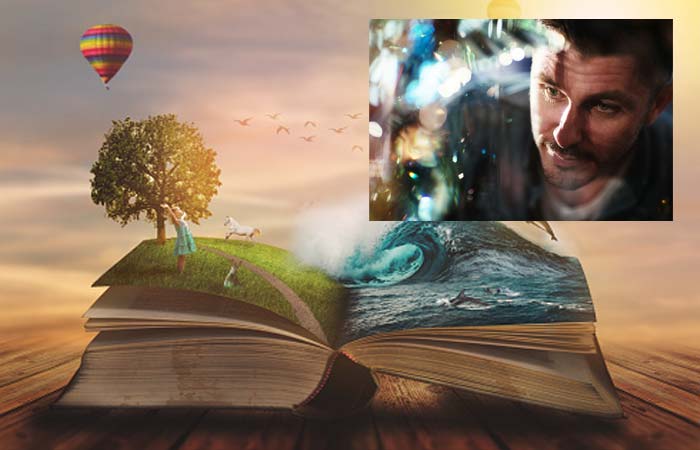
Christopher J. Millington grew up in the Los Angeles megalopolis. He has lived throughout the western United States and traveled throughout North America, Russia, China, and Mongolia. His education and career in archaeology began in 2002 at the University of New Mexico and he is currently a senior archaeologist at an environmental consulting firm in Pasadena, California. His secret identity as a writer and artist is inspired by his interests in nature, culture, consciousness, and the weirdness between.
Interviews
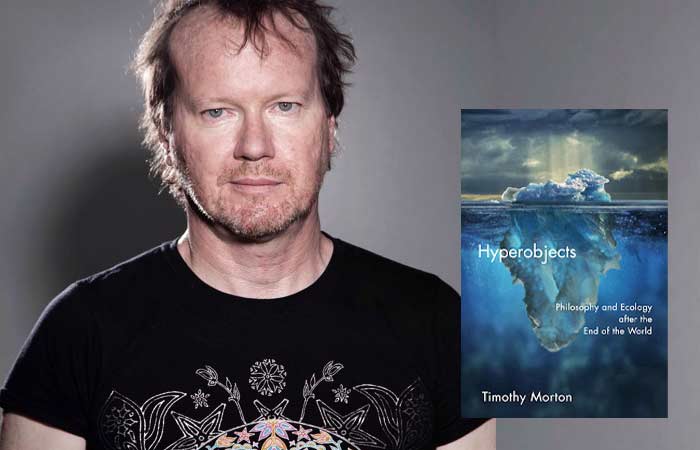
Hyperobjects and the Higher Dimension of Jesus
An Interview with Dr. Timothy Morton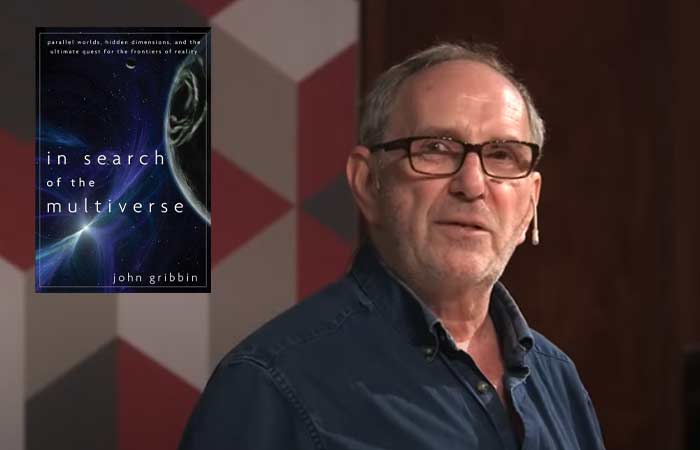
The Reality of the Multiverse
An Interview with John Gribbin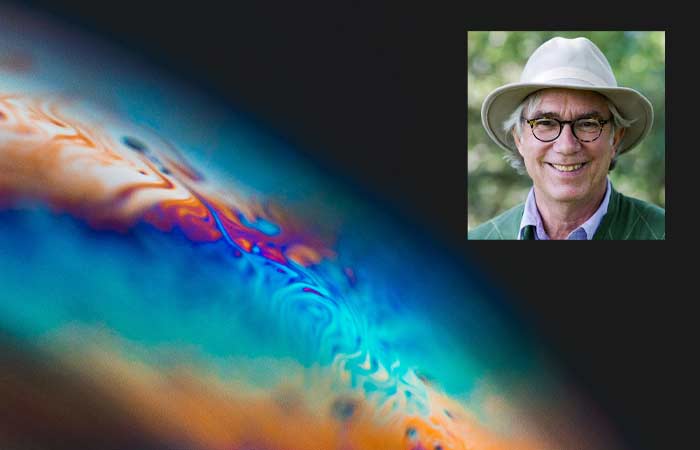
The Reality of the Fourth Dimension
An Interview with Rudy Rucker
The Awakening Power of Sleep and Dreams
An Interview with Athena Laz
An Introduction to Yoga Nidra
An Interview with Dharma MittraBook Reviews
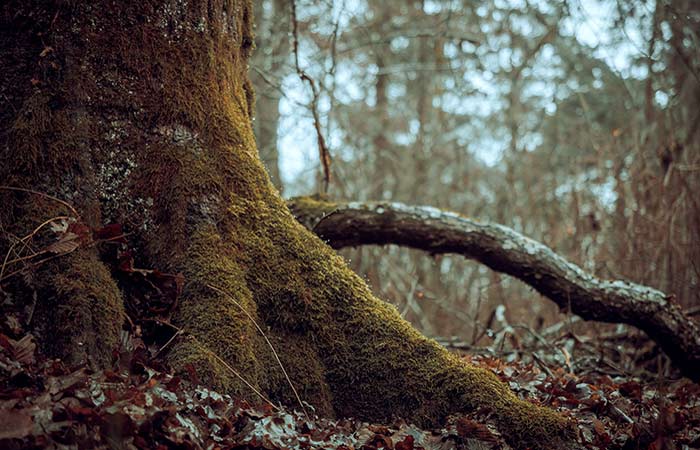
A Summary of the Fetzer Institute’s Sharing Spiritual Heritage Report: An Review By Ariela Cohen and Robin Beck
By Ariela Cohen
Choosing Earth, Choosing Us: A Book Review of Choosing Earth
By Robin Beck
Monk and Robot: A Book Review
By Robin Beck
No Pallatives. No Promises: Radical acceptance as one woman's path to living with grief
By Amy Edelstein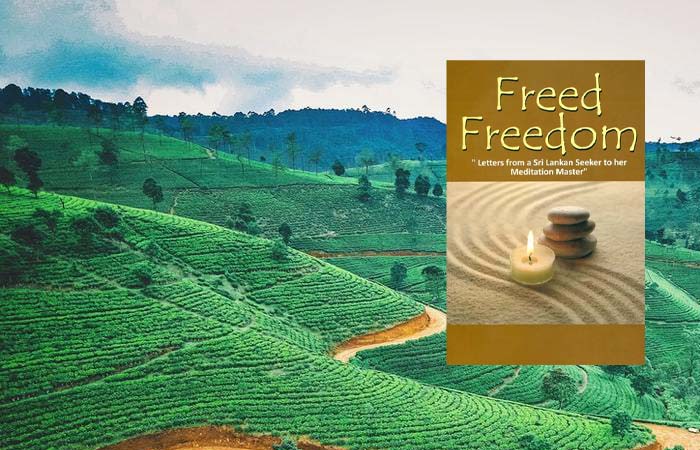
Freed Freedom: Letters from a Sri Lanka Seeker to her Meditation Master
By Amy EdelsteinEssays
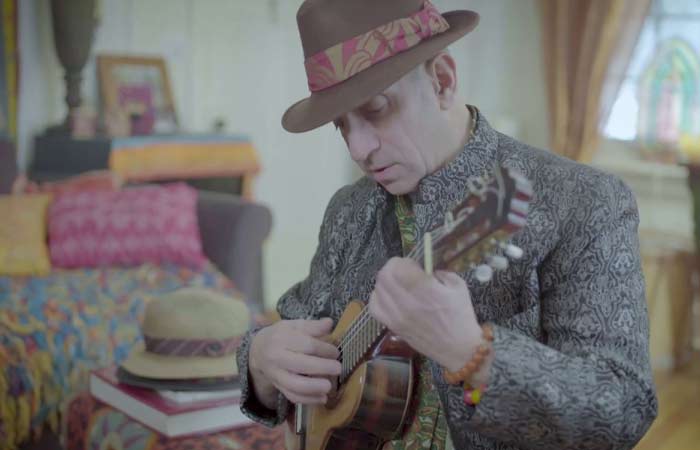
Bio-Psycho-Spiritual Foundations of Self-Realization: Reflections on being an Artist of Possibility and Transdimensional Spirituality
By KD Meyers
Awakening Through the Body
By Adriana Colotti Comel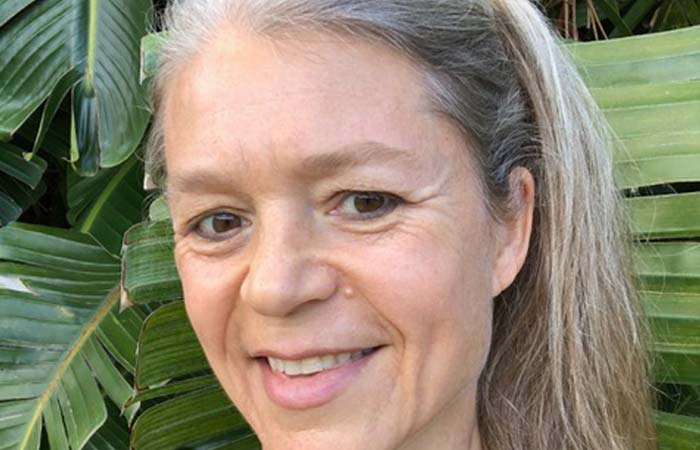
What is Love? An Introspection
By Judith Marsden
Traditions are meant to be updated
By Olivia Wu